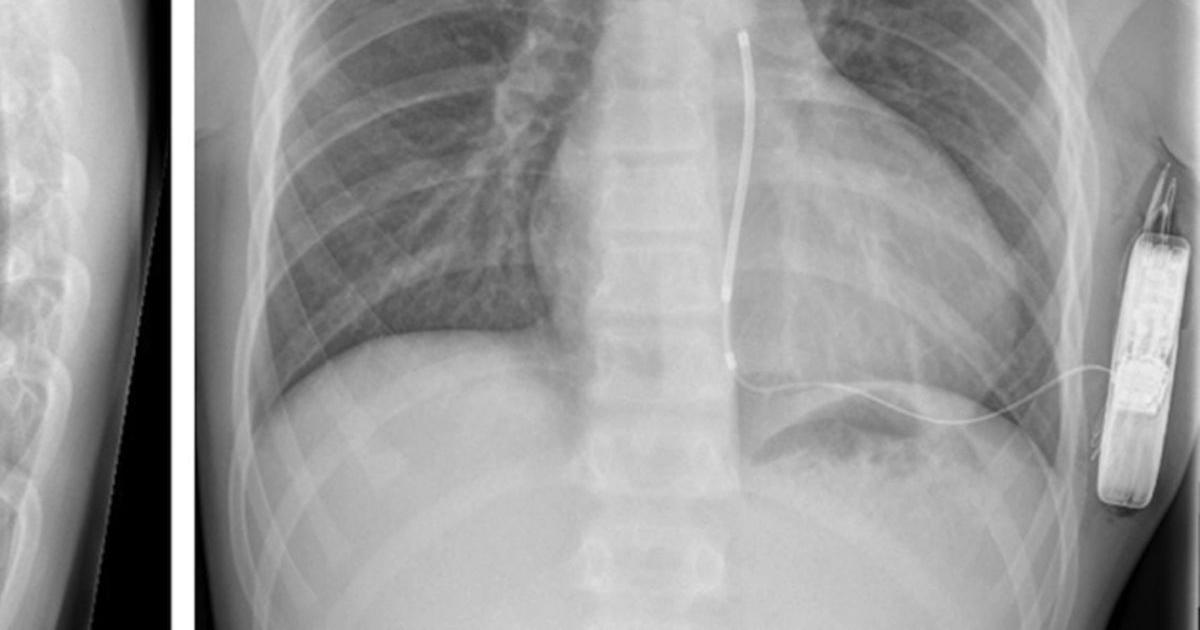Options For Treating Long QT Syndrome
Long QT syndrome is a heart condition that disrupts the heart's normal flow of electrical activity. The flow of ions in and out of the heart cells via small ion channels is the mechanism that produces the heart's electrical activity. The electrocardiogram section that shows the duration of when the electrical system fires an impulse throughout the ventricles to when it fully recharges is referred to as the QT interval. In long QT syndrome, the ion channels are defective, and they cause a delay in the time it takes for the system to recharge after contracting. A longer QT interval results in an increased risk for a serious type of ventricular tachycardia and sudden cardiac death. This condition can be present at birth or acquired. Symptom control and prevention of sudden death are the primary focuses of treatment for long QT syndrome.
Taking Recommended Medication

Numerous medications may be prescribed to a patient with long QT syndrome as a preventative measure and to treat any symptoms of the condition. The most common medications used to treat long QT syndrome are beta blockers, which work to lower the heart rate and reduce the occurrence of the abnormal rhythm associated with long QT syndrome. Chemically, beta blockers work to dull the way the heart responds to a hormone secreted by the adrenal glands called adrenaline. Potassium management medications may be used to treat long QT syndrome as they can improve the recharging system of the heart. This improvement can be accomplished with potassium supplements or medicine that assists the body with the retention of potassium called spironolactone. Inherited cases of long QT syndrome, such as LQTS1, LQTS2, and LQTS3, may be treated with the use of a medication called mexiletine. Mexiletine is an anti-arrhythmic medication that works to shorten the QT interval and lower the risk of fainting, seizures, and sudden death associated with long QT syndrome. Any of these medications may be prescribed even if the patient is not experiencing physical symptoms. Taking recommended medication will help reduce an individual's risk of experiencing life-threatening complications of long QT syndrome.
Keep reading to learn more about how to treat long QT syndrome now.
Implantable Cardioverter-Defibrillator

An implantable cardioverter-defibrillator (ICD) is a device implanted under the skin to monitor an individual's heart rate continuously. The device is connected to the heart with thin wires that detect dangerous changes in the heart rhythm. Upon detection of a heartbeat that is too rapid or too irregular, the ICD will deliver an electric shock to reset the heart's electrical system. The electric shock allows the heart to revert to a normal heartbeat. Because patients with long QT syndrome are at a much higher risk of experiencing life-threatening ventricular arrhythmias, implantable cardioverter-defibrillators are often utilized to prevent these dangerous cardiac events. The devices, which are relative in size to pocket watches, are powered by a battery and implanted in a pocket under the skin of the abdomen or the chest. Leads or small wires attached to the ICD are placed in different positions on the interior surface of the heart. The leads are the component of the device that allow it to monitor the activity of the heart, and they are the component that will deliver an electric shock to the heart tissues when it is necessary. This type of device is usually reserved for cases of long QT syndrome that cannot be effectively managed with medication and lifestyle changes.
Learn more about treating long QT syndrome effectively now.
